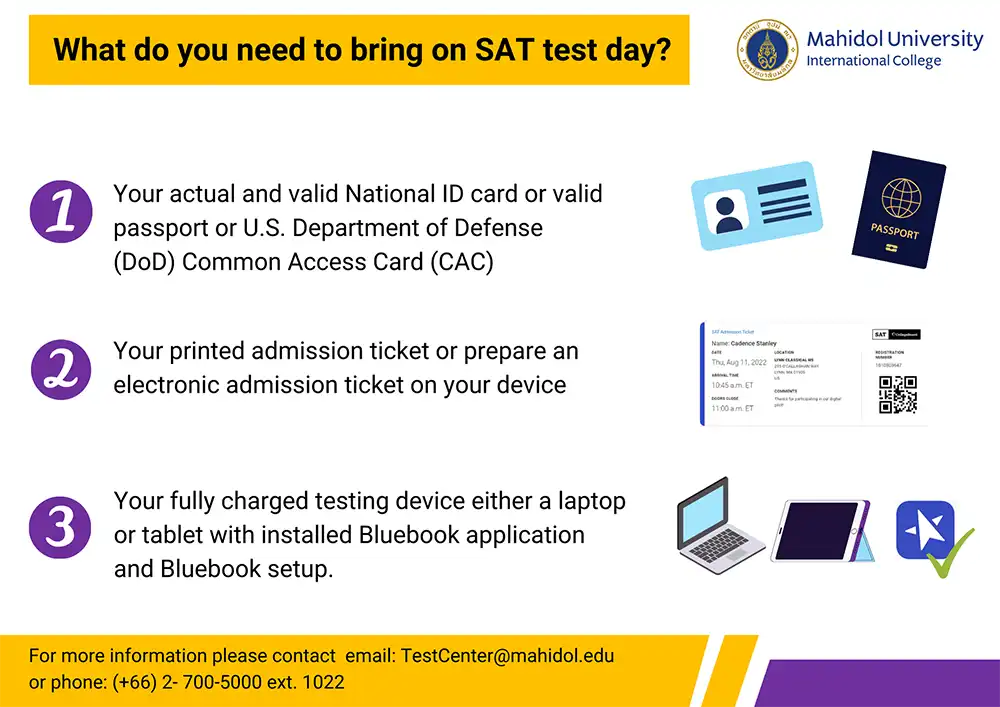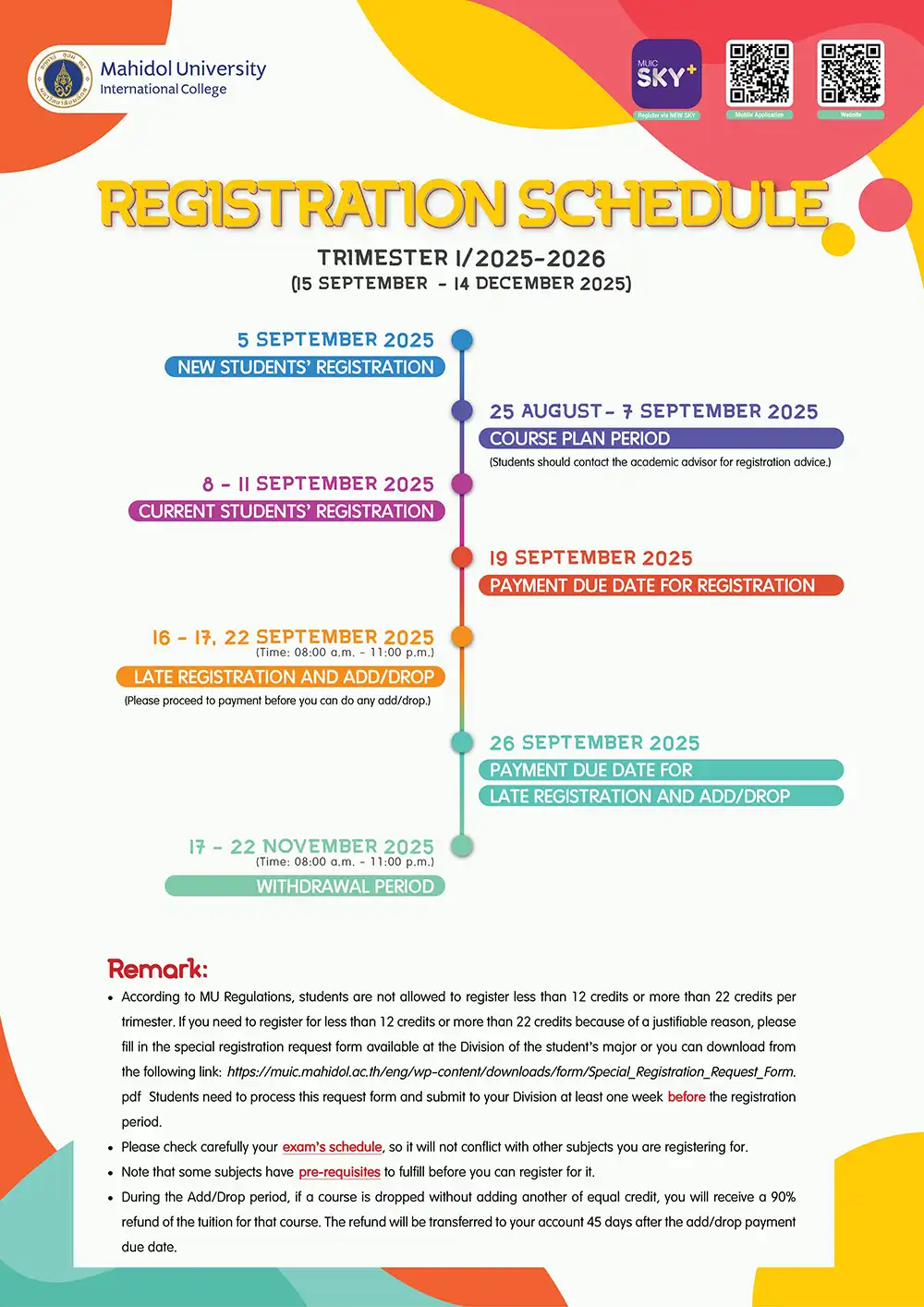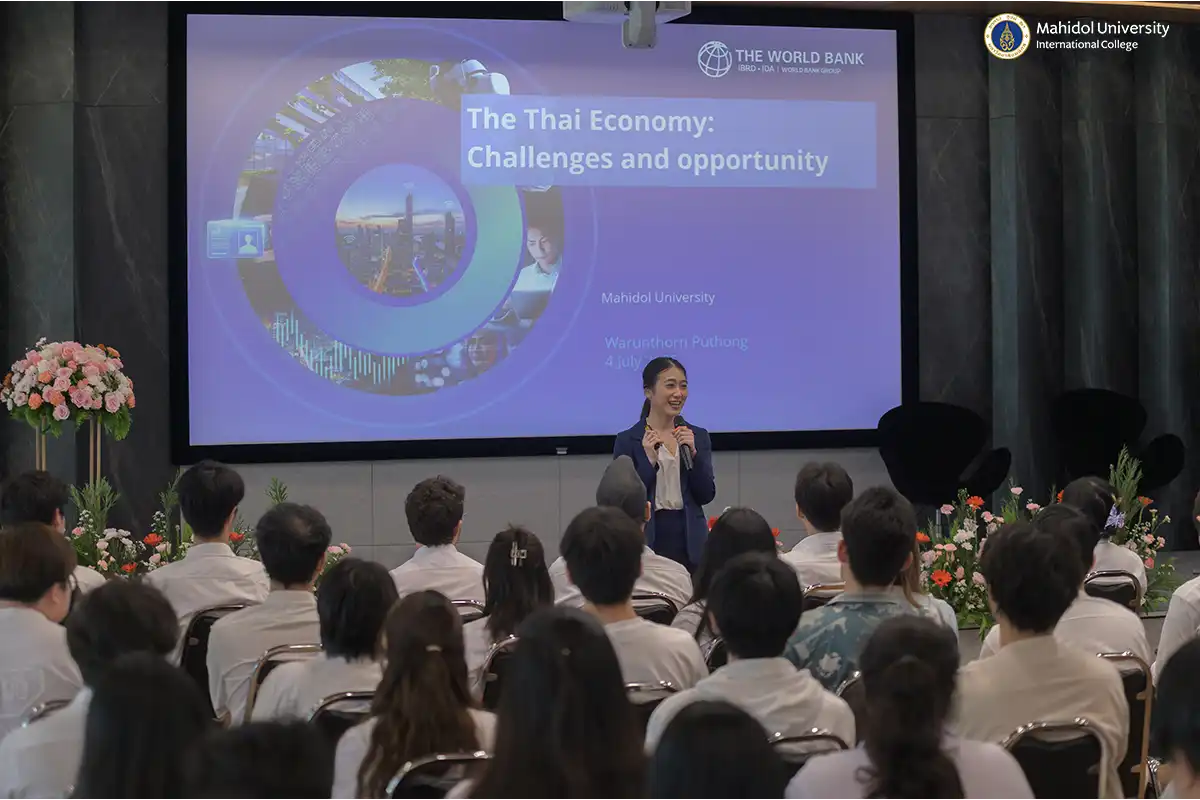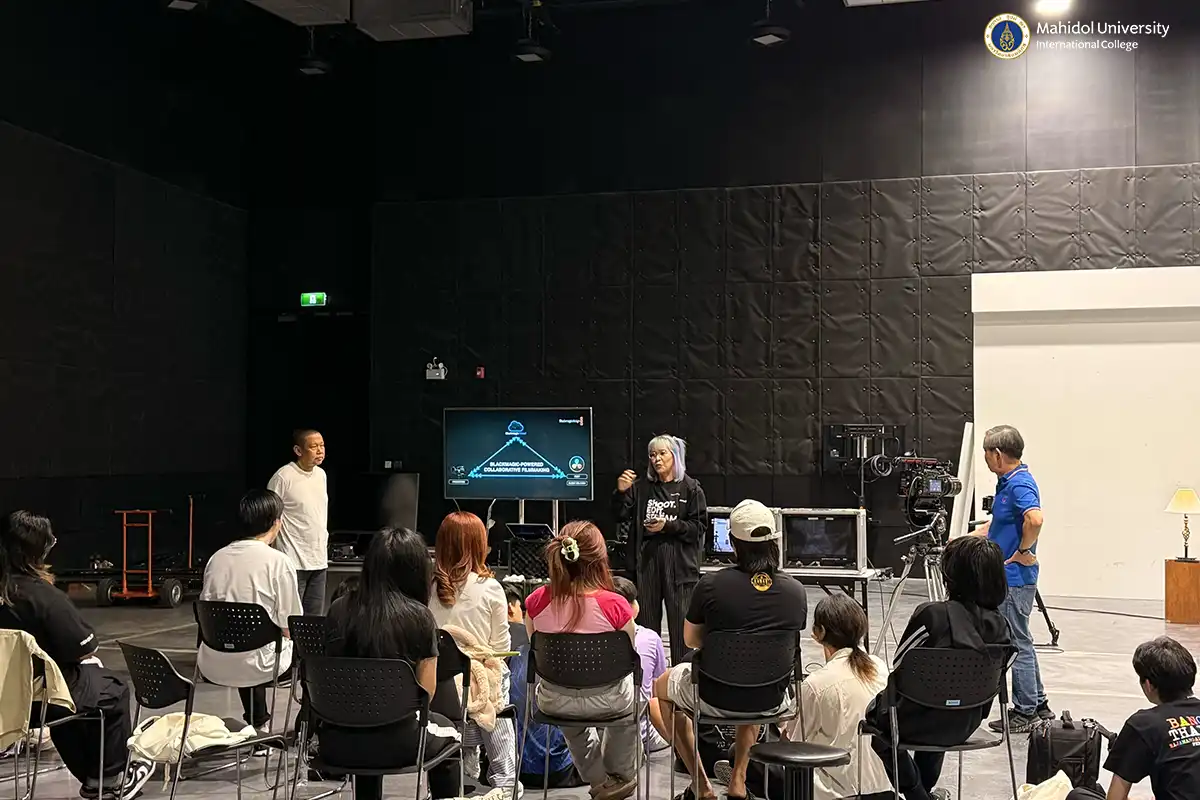Workshop 4: Empowering Online Learning Design to a Next Normal: Measurement and Evaluation
April 9, 2021 2021-04-09 7:20Workshop 4: Empowering Online Learning Design to a Next Normal: Measurement and Evaluation
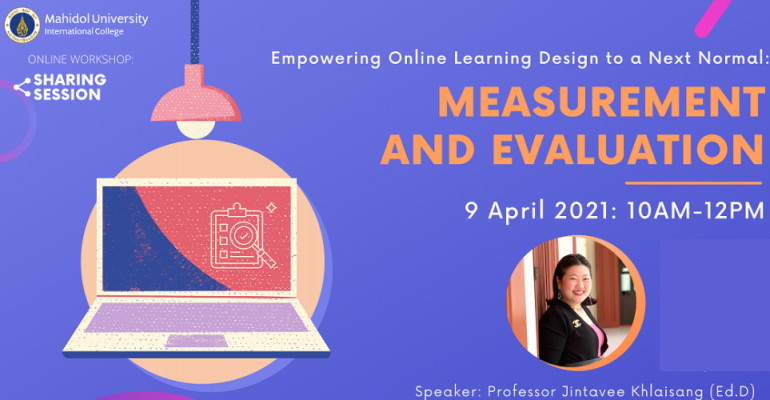
Workshop 4: Empowering Online Learning Design to a Next Normal: Measurement and Evaluation
Date & Time: Friday, 9 April 2021 from 10.00 a.m. – 12.00 p.m.
Conductors: Prof. Jintavee Khlaisang (Ed.D)
The Strategy and Academic Development Section under the OAA together with EdTech Unit organized its 12th workshop for the academic year of 2020-2021. The workshop was entitled ‘Empowering Online Learning Design to a Next Normal: Measurement and Evaluation’ and the purpose was to learn about measurement and evaluation for online learning.
Assessment: For, As, Of
Assessment is an on-going process of systematically collecting data to make judgements. It requires thoughtful planning and implementation that reflect the learning outcomes of a course. Assessment can be classified into 3 groups based on the purposes; assessment for learning, assessment as learning, and assessment of learning. As these three forms of interrelated assessment serve distinct and meaningful purposes, it is very important to understand how they connect with one another and improve instruction, intervention, and student’s achievement.
Assessment for learning (AFL) is the use of information to improve student learning and providing feedback to staff to differentiate instructional practice. Occurring in alignment with instruction and learning, assessment for learning is a teacher-driven process that helps the related staffs recognize students’ struggles and inform their own teaching. While AFL seeks to clarify student learning and understanding, assessment as learning or AAL is a student-driven process that involves students self-regulate their learning and progress. It allows students to critically evaluate and monitor their own work. Throughout the learning, the students are given opportunities to self- and peer-review with the pre-determined assessment criteria, where they can judge how well they are doing. The third assessment is called assessment of learning or AOL. Sometimes referred to as summative assessment, it assists teacher in using the gathered information and evidence of student learning to evaluate achievement and compare the assessment result against the course learning outcomes/standard. Conducted at the end of the instructional period, AOL is usually grade-based and uses high-stakes test as the basis of major decision, such as passing or failing academic diploma, scholarship, or a license.
Aside from the above methods, some may categorize the assessments into 2 subgroups; formative and summative. The concept behind formative assessment is that it is used for assessing student’s performance during instructions, to inform about teaching practices and help teachers find out what works and what doesn’t work with the learners. It usually occurs throughout the instruction process. Summative assessment, on the other hand, occurs at the end of instruction. It judges the achievement of objectives on the basis of student’s performance, helps communicating student progress to stakeholders, and provides data reinforcement to justify the success or failure of a program.
New normal online assessment
Change in education comes with changes in content, activity, and assessment, especially the latter. Though the comfort and familiarity of traditional assessments resonate so strongly that most of educators are more than willing to do what they used to do, this might no longer work in today’s world where learning does not only take place within the four walls of classroom and isn’t confined to books and papers. Among the major challenges to re-designing a course, especially in new normal regime, are creating the alignment between the course objectives and the way the course is conducted, delivered, and assessed. This is when backward design approach comes into play. It is a process that is used to design learning experiences and instructional techniques to achieve specific learning goals. It begins with the objective of a lesson or course, and proceeds backward to create an assessment to measure the learning, and prepare a sequence of activities/contents that assist student achieving those goals. When the course starts with the end goal, students know what they are expected to learn and perform, and the teachers are provided with a structure they can follow when creating a curriculum and planning an instructional process.
The assessment strategies for going online involves three factors; reweighting, redesigning, and digitizing. Regardless of assessments, what is matter is you have evidence that students have achieved the intended learning outcomes. Therefore, the teachers might consider reweighting the previous assessments, and eliminating the final assessment if the previous exams have already provided enough information that the students successfully demonstrate the course learning outcomes. If reweighting the assessment is not an option, teachers might focus on redesigning a new assessment that better responds to online learning & teaching approaches, covers the area of learning outcomes, and allows students to demonstrate what they have learned. For instance, adopting more ‘authentic’ assessments like annotated anthology, e-portfolio (presentation, poster, VDO, blog), group project, and non-traditional paper (real world related, self & peer assessment, reflective thinking). The last strategy ‘digitizing’ is about moving to online platforms/tools, such as Google forms, any cloud based tools, Canva, Medium, Flipgrid, Quizizz, Padlet, and Multimeter, to conduct an assessment. These platforms encourage students to explore the learning and exhibit their understanding in a variety of forms.
When we talk about assessments, most would agree that the ideal assessment is the one that not only assess student learning, but also instruct and enhance their understanding of the learning contents. And that is what ‘authentic assessment’ is aiming for. Unlike traditional assessments, authentic assessment measure students’ achievement in a way that’s relevant to the skills required of them once they’ve completed the course. It requires students to apply what they’ve learned in actual situation, or in situation that mimics the real world. Thus, with authentic assessment, learning isn’t about memorizing; it’s about performing, which means as students are asked to actively participate in learning, they’ll have a double opportunity to prepare and practice/rehearse for real world challenge and their future career.
Aside from identifying and aligning relevant tasks with the course objectives and instructional materials, developing an authentic assessment requires rubrics as measurable levels for each performance criteria. Thanks to its nature, authentic assessment is quite subjective. It needs rubrics to ensure teachers are grading fairly and consistently from assessment to assessment and student to student. Generally, there are two types of rubrics; holistic rubric and analytic rubric. Holistic rubric is a one-dimensional rubric that evaluate student’s overall achievement on an activity based on the predefined standard. Usually written in full sentences, a performance description is made without specifying the component of the process. On the contrary, written in a table form, analytic rubric describes each evaluation criteria separately and in details according to the performance level of the students. Designed to assign different value to different traits, both teachers and students are provided with detailed feedback to guide instruction and monitor self-progress.
As mentioned above, an ideal assessment is one that not only assess students’ performance, but also provides them an opportunity to improve their understanding and demonstrate what they’ve learned. However, people tend to put the emphasis solely on assessment result rather than the process itself. So, it is very important to remember that the purpose of assessment is for learning and improving, not for assessment’s sake. It must be viewed as being a means of a way of making decisions about teaching, a way of informing on student progress, and most important of all, a way of helping students to learn.



